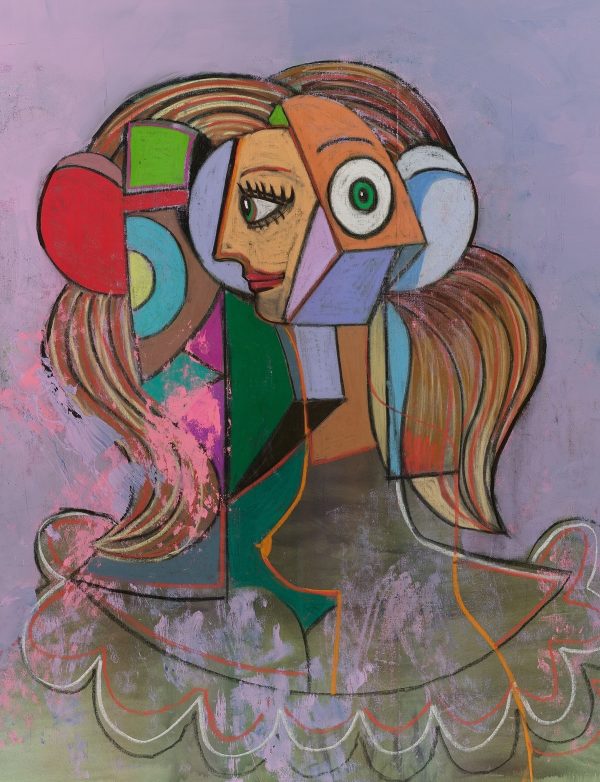Art Basel is a global hub for modern and contemporary art collectors, attracting enthusiasts and professionals from around the world. The event serves as a showcase for rare and exceptional art pieces that frequently become focal points in high-end interiors. Leading interior designer Nina Magon offers valuable advice for art collectors aiming to seamlessly integrate their acquisitions into residential or commercial spaces. Here’s an overview of her approach:
Purchasing Art for Interiors
Buy What Speaks to You
Nina emphasizes selecting art that resonates on a personal or emotional level. Art should evoke a connection beyond aesthetics, making it a timeless addition to any space.
Consider Scale and Proportions
Large-scale works can serve as striking focal points, while smaller pieces can be grouped to create gallery-style walls. Always measure the intended wall or space before purchasing.
Quality Over Quantity
Investing in fewer, high-quality pieces often yields a more cohesive and sophisticated design than overcrowding a space with multiple items.
Think About Versatility
Consider pieces that can transition seamlessly between rooms or spaces, adding flexibility for future redesigns.
Designing Around Art
Let the Art Lead
Start with the artwork as the centerpiece, then build the design elements of the room (furniture, lighting, and color palette) to complement and highlight the piece.
Neutral Backdrops
White or neutral walls are often ideal for displaying art, ensuring the focus remains on the piece itself. Textured or subtly patterned walls can also work for specific art styles.
Lighting Is Key
Proper lighting, such as adjustable track lighting or picture lights, can dramatically enhance the visual impact of a piece. Avoid direct sunlight, as it can fade delicate materials.
Frame Selection
Frames should match the art’s character and the room’s style. Minimalist frames often suit modern art, while ornate frames can enhance classical works.
Spatial Harmony
In commercial spaces, such as hotels or offices, balance art with the room’s function. Bold works can energize public spaces, while subdued pieces suit private or contemplative areas.
Commercial Property Integration
In commercial designs, art can act as a branding element, reflecting the company’s values or style. For instance, abstract works may highlight innovation, while traditional art suggests stability and heritage.
By blending art with thoughtful interior design, collectors and designers like Nina Magon create spaces that not only showcase artistic beauty but also elevate the living and working experience.
